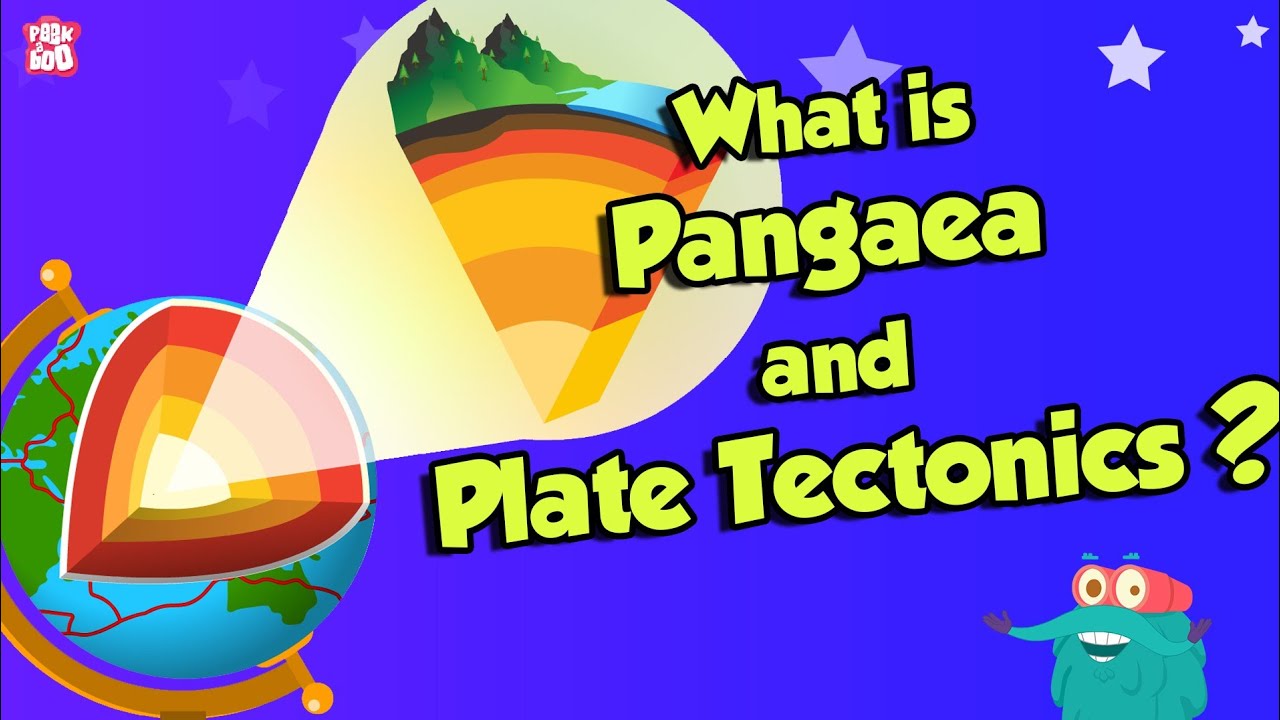
Exploring Pangaea and Plate Tectonics
Interactive Video
•
Science
•
6th - 10th Grade
•
Easy
Standards-aligned
Mia Campbell
Used 40+ times
FREE Resource
Standards-aligned
Read more
10 questions
Show all answers
1.
MULTIPLE CHOICE QUESTION
30 sec • 1 pt
What was the name of the supercontinent that existed over 240 million years ago?
Eurasia
Atlantis
Gondwana
Pangaea
2.
MULTIPLE CHOICE QUESTION
30 sec • 1 pt
What is the name of the single ocean that surrounded Pangaea?
Indian Ocean
Pacific Ocean
Atlantic Ocean
Panthalassa
3.
MULTIPLE CHOICE QUESTION
30 sec • 1 pt
Who proposed the theory of continental drift in 1912?
Albert Einstein
Isaac Newton
Alfred Wegener
Charles Darwin
Tags
NGSS.MS-ESS2-3
4.
MULTIPLE CHOICE QUESTION
30 sec • 1 pt
What evidence did Alfred Wegener use to support his theory?
Ocean currents
Satellite images
Matching fossils across continents
DNA similarities
Tags
NGSS.MS-ESS2-3
NGSS.MS-LS4-1
5.
MULTIPLE CHOICE QUESTION
30 sec • 1 pt
What replaced the theory of continental drift?
Plate Tectonics
Big Bang Theory
Quantum Mechanics
Theory of Relativity
Tags
NGSS.MS-ESS2-3
6.
MULTIPLE CHOICE QUESTION
30 sec • 1 pt
What causes the movement of tectonic plates?
Solar winds
Temperature and pressure in the asthenosphere
Magnetic fields
Gravitational pull of the moon
Tags
NGSS.MS-ESS2-3
7.
MULTIPLE CHOICE QUESTION
30 sec • 1 pt
What is the rate of movement for tectonic plates?
15 cm per year
5 cm per year
10 cm per year
1 cm per year
Tags
NGSS.MS-ESS2-3
Create a free account and access millions of resources
Create resources
Host any resource
Get auto-graded reports

Continue with Google

Continue with Email

Continue with Classlink

Continue with Clever
or continue with

Microsoft
%20(1).png)
Apple
Others
By signing up, you agree to our Terms of Service & Privacy Policy
Already have an account?
Similar Resources on Wayground

6 questions
I WONDER - Who Discovered The Stegosaurus? Me Pregunto - Quién Descubrió El Stegosaurus?
Interactive video
•
KG - 12th Grade

3 questions
Volcano-1
Interactive video
•
6th - 9th Grade

11 questions
Wandering Spiders and Tarantulas
Interactive video
•
6th - 10th Grade

11 questions
Iowa Geological History and Events
Interactive video
•
6th - 10th Grade

11 questions
Cooking with Uncle Roger and Liz Hague
Interactive video
•
6th - 10th Grade
Popular Resources on Wayground

10 questions
Honoring the Significance of Veterans Day
Interactive video
•
6th - 10th Grade

10 questions
Exploring Veterans Day: Facts and Celebrations for Kids
Interactive video
•
6th - 10th Grade

19 questions
Veterans Day
Quiz
•
5th Grade

25 questions
Multiplication Facts
Quiz
•
5th Grade

15 questions
Circuits, Light Energy, and Forces
Quiz
•
5th Grade

6 questions
FOREST Self-Discipline
Lesson
•
1st - 5th Grade

7 questions
Veteran's Day
Interactive video
•
3rd Grade

20 questions
Weekly Prefix check #2
Quiz
•
4th - 7th Grade
Discover more resources for Science

20 questions
Physical and Chemical Changes
Quiz
•
8th Grade

20 questions
Photosynthesis and Cellular Respiration
Quiz
•
7th Grade

18 questions
Interpreting Distance/Time Graphs
Quiz
•
6th Grade

10 questions
Exploring Newton's Laws of Motion
Interactive video
•
6th - 10th Grade

20 questions
Energy Transformations Quiz
Quiz
•
6th Grade

20 questions
Conduction, Convection, & Radiation
Quiz
•
6th - 8th Grade

15 questions
Protein synthesis
Quiz
•
9th Grade

11 questions
8.6C Newton's Laws of Motion
Quiz
•
8th Grade